Have you ever wondered why violet fragrance is so 'elusive'?
joanmary_z10
18 years ago
Related Stories
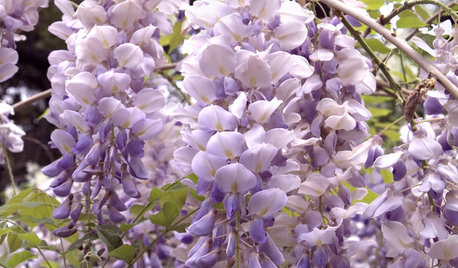
SPRING GARDENINGSpring Planting: Wonderful Wisteria
Classic Vines Add Fragrance, Color and Romance to Garden Designs
Full Story
EDIBLE GARDENSWhy Grow Quince? For Beauty, Fragrance and Old-Time Flavor
Delightfully perfumed fruit and lovely spring blossoms make this apple and pear cousin worth a spot in the garden
Full Story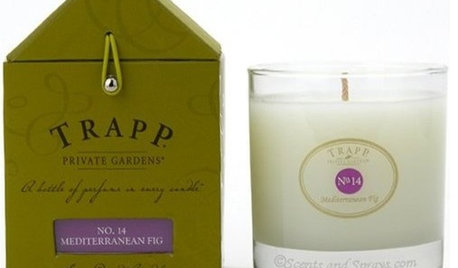
PRODUCT PICKSGuest Picks: Favorite Home Fragrances
Designer Bryn Alexandra Rounds Up Her Must-Have Scents to Use at Home
Full Story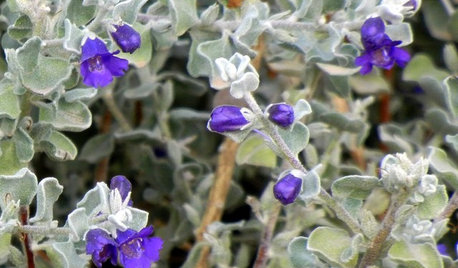
GARDENING GUIDESGreat Design Plant: Violet Silverleaf Thrives on Scant Water
Purple flowers transform silvery, sun-loving Leucophyllum candidum, while its easy care may change your gardening routine
Full Story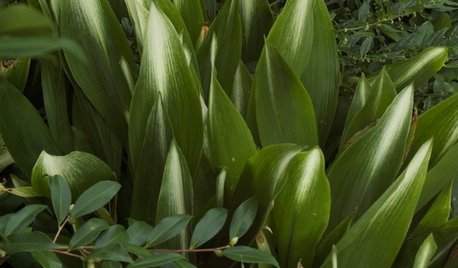
LANDSCAPE DESIGN7 Evergreen Wonders of the Plant World
Year-round interest, structure and beautiful color? These top-notch evergreens have gardens covered
Full Story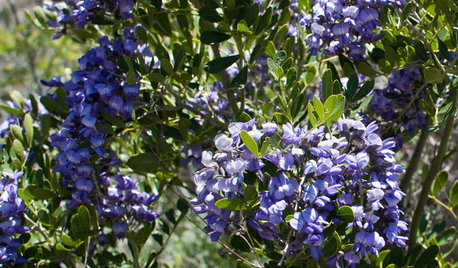
TREES6 Unsung Spring-Blooming Trees
Billowy blooms and rare fragrances will make you wonder how these flowering trees could ever have been underused in landscapes
Full Story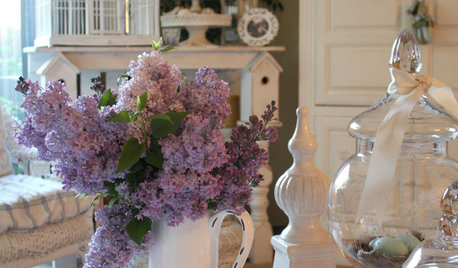
DECORATING GUIDESSo Your Style Is: Romantic
Sweet but not saccharine, romantic design style celebrates the idealistic side of life. Find out if it's the look that makes you swoon
Full Story
DECORATING GUIDESThe Dumbest Decorating Decisions I’ve Ever Made
Caution: Do not try these at home
Full Story
MOST POPULARSo You Say: 30 Design Mistakes You Should Never Make
Drop the paint can, step away from the brick and read this remodeling advice from people who’ve been there
Full StorySponsored







etii
jim_mck
Related Professionals
Hyattsville Landscape Architects & Landscape Designers · Seabrook Landscape Architects & Landscape Designers · East Patchogue Landscape Architects & Landscape Designers · Middletown Landscape Contractors · Anderson Landscape Contractors · Deer Park Landscape Contractors · Goodlettsville Landscape Contractors · Gurnee Landscape Contractors · Hoffman Estates Landscape Contractors · Holland Landscape Contractors · Hoover Landscape Contractors · Lexington Landscape Contractors · Melrose Park Landscape Contractors · Milford Mill Landscape Contractors · North Aurora Landscape Contractorsjoanmary_z10Original Author
jim_mck
etii
stefanb8
joanmary_z10Original Author
stefanb8
jim_mck
jim_mck
Mike Hardman
joanmary_z10Original Author
lorinda77